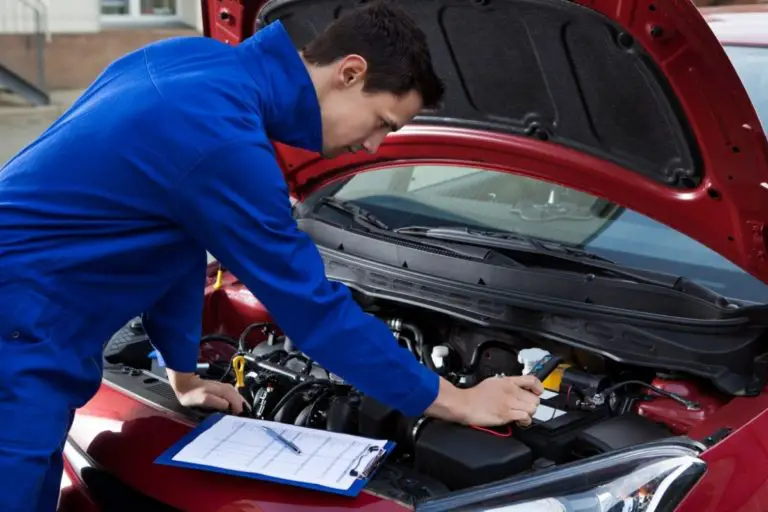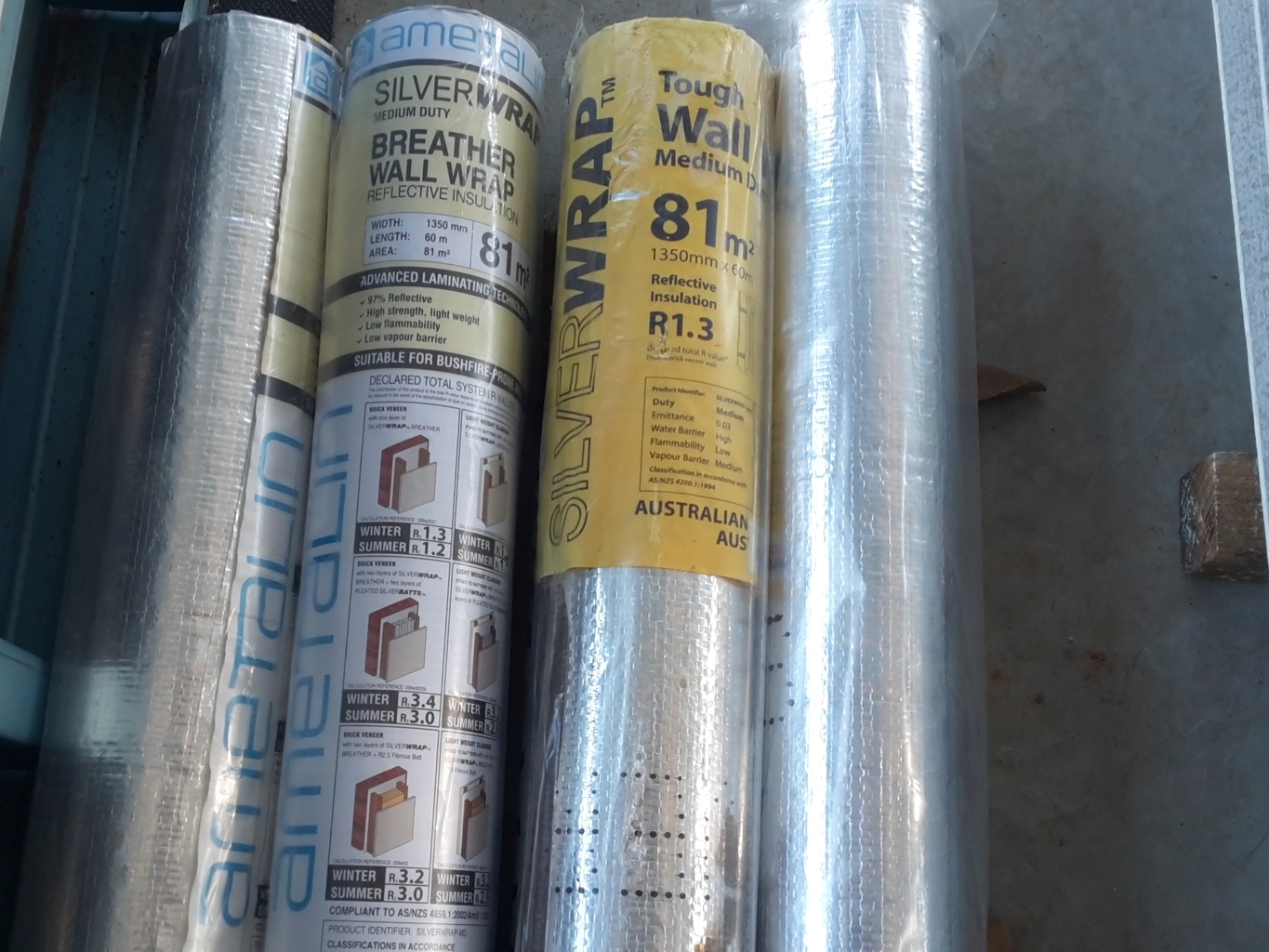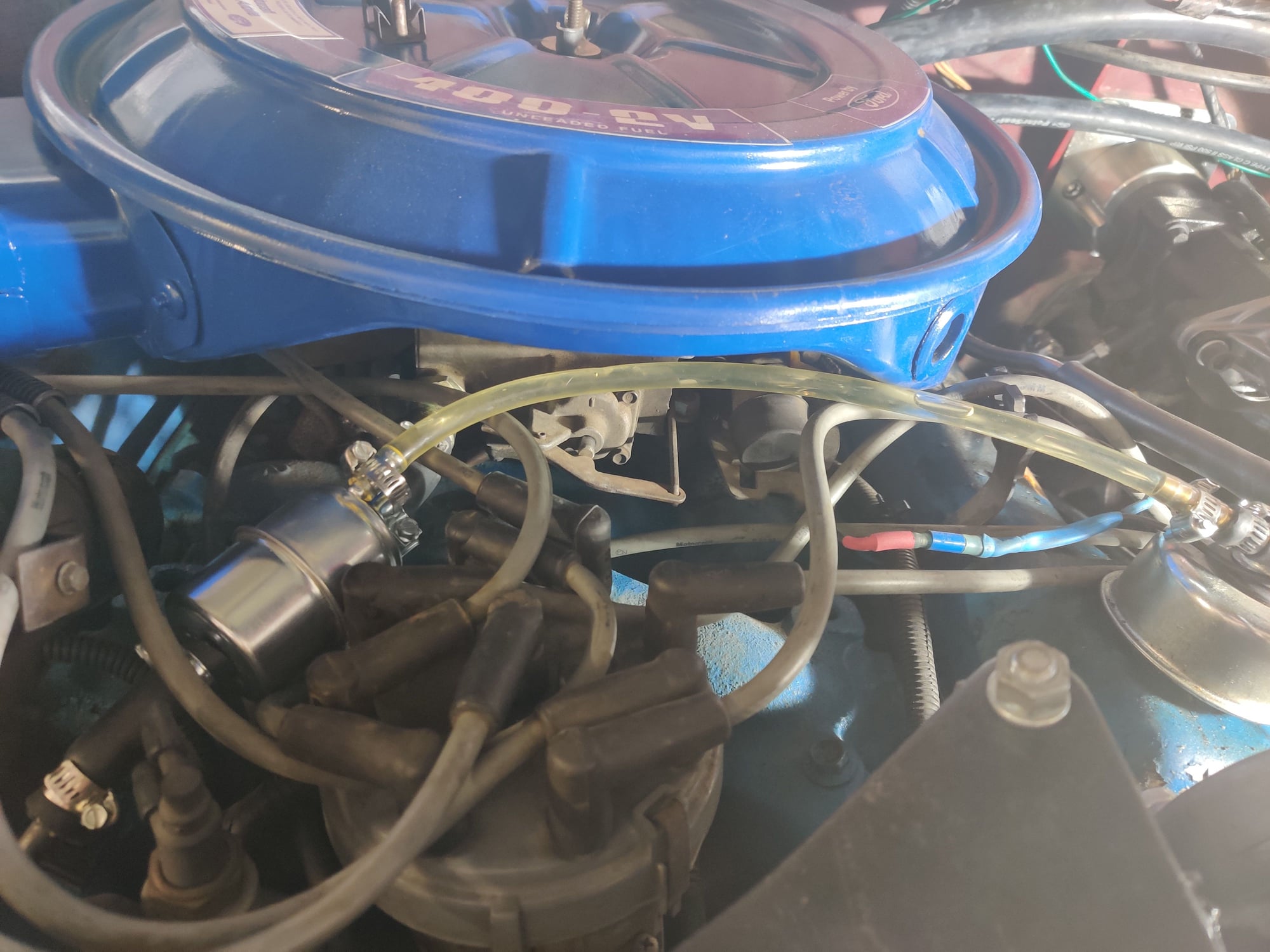


Relocating the fuel line solved that issue. We’ve seen a small block Chevy experience vapor lock when the car builder positioned the fuel line directly against a heater hose that literally pre-heated the fuel in the line. However, it is also possible that fuel can percolate in the fuel line between the pump and the carburetor–especially if the fuel line is exposed to high temperatures. So far, we have mainly discussed the inlet side of the fuel system because this is where the majority of the problems occur. This is a big reason why in-tank electric fuel pumpsare used in all new car applications. This radically reduces the chances of the fuel vaporizing since higher pressure requires higher temperature to vaporize the fuel. With an electric pump, the fuel pump has now pressurized the fuel during a majority of the distance it must travel, greatly reducing its exposure to low pressure. If you think about this, this is an excellent solution because it minimizes the distance the mechanical pump must work to move fuel under low pressure. So the engine stumbles and dies.Ī common and successful remedy for inlet side vapor lock problems is to place an electric pumpinline near the tank inlet. That won’t work very well and the result is that fuel pressure drops very low as only a small portion of the fuel is still in liquid form and is not sufficient to feed the engine. What really happens is that enough fuel turns to vapor that a pump designed to push liquid is now trying to pump vapor. This creates a perfect scenario for vapor lock. Any combination of these situations will force the pump to work harder and create lower pressure on the inlet side in an effort to continue to pump the fuel. Or perhaps the fuel line has been kinked or bent or the existing tank vent has become plugged or restricted. For example, an older car with an original and a fossilized sock stuck on the fuel inlet in the tank could cause such a restriction. Then, if there is any kind of restriction in the fuel line between the fuel in the tank and the pump at the front of the vehicle, this restriction will create even lower pressure in the line heading to the pump inlet. So we have hot fuel (that has been percolating in the fuel tankexposed to heat coming off the pavement that might be 120 degrees F, and now we subject the fuel to lower pressure in the fuel line. This reduced pressure also lowers the boiling point of any liquid and especially gasoline which means a higher percentage of fuel will vaporize. However, the fuel is still subject to lower atmospheric pressure. The pump creates low pressure on its inlet side and higher atmospheric pressure pushing down on the fuel in the tank (because the tank is vented), is what pushes the fuel toward the pump. Before we go any further, it’s important to note that pumps do not “suck” the fuel. Now let’s introduce a mechanical fuel pump into this application where the pump must “pull” fuel from the tank all the way to the engine where it can now push the fuel into the carburetor. At this temperature, roughly 20 percent of the fuel has already converted to a vapor as measured at normal atmospheric pressure.

Now let’s imagine we have a very warm day of 90 degrees. So we’re dealing with a fuel that is designed to vaporize.

This allows a cold engine to start quickly. Gasoline is a complex mix of light and heavy hydrocarbons that are designed so the light or volatile portion of the fuel vaporizes quickly, even at normal or low temperatures. It’s the fuel that has vaporized that supports combustion. But first, it’s important to mention that fuel is designed to vaporize. Most enthusiasts tend to focus on the pressure side of the fuel delivery system when the real problems are more likely located on the low pressure or inlet side of the pump. Jeff Smith: Vapor lock is a term used to describe when fuel changes from a liquid to a vapor before it arrives at the carburetor. This doesn’t happen all the time, but it seems like it happens more when I drive in traffic. If I let it cool down for a couple of hours, it starts hard but eventually runs okay. Last summer, my small block 350 Camaro had problems in the heat of late summer where it would start running poorly and eventually quit running and it has already happened again this year. What exactly is vapor lock? My friends say I have a problem with vapor lock.


 0 kommentar(er)
0 kommentar(er)
